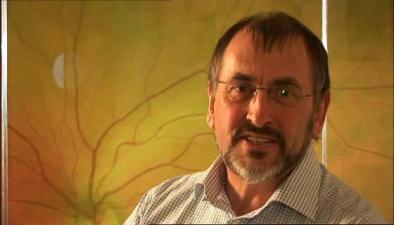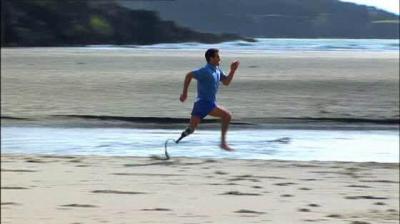Philip S. Green
Teleoperator system and method with telepresence
European Inventor of the Year 2008 in the category "Non-European countries"
Beginning in the late 1960s, Green spearheaded more than two dozen inventions that made ultrasound a usable medical diagnostic tool. In the 1980s he began development of what is now becoming the world's most-used and most-trusted system for minimally invasive surgery.
Green integrated advances in miniature cameras, stereo imaging displays, robotics and remote control systems to create a prototype that gave surgeons the visual and tactile sensations of being inside the patient - even though the surgery would be performed by robot arms through tiny holes.
Seeing it as way of allowing surgeons at remote hospitals to treat casualties before they bled to death on the field of battle, the US Army authorised significant funding for what was by then known as the Green Telepresence System. The team began their clinical testing in Belgium and quickly proved that Green's telepresence system gave surgeons not only superior control over their instruments, but a unique view inside the body through a magnified three-dimensional video image of the operating field.
Initially dubbed Mona (after da Vinci's Mona Lisa), the system was re-christened the da Vinci Surgical Robot in 1999 in honour of the man who had invented the first robot. In 2000 it became the first robotic surgical system to be cleared by the US Food and Drug Administration for general laparoscopic surgery, and has subsequently been authorised for use in cardiac, chest, urological and gynaecological procedures.
How it works
The da Vinci robotic surgery system allows surgeons to perform complex procedures such as cardiac surgery through incisions as small as 1-2 centimetres. It deploys four robot arms, each of which carries a microtool: one for manipulating, one for cutting, another for cauterising and a fourth for suturing. A movable cart next to the operating table holds the arms, while the surgeon sits at a sophisticated, ergonomically designed control console with a magnified three-dimensional view of the operating field.
The da Vinci's processors and software turn the surgeon's hand movements into extremely precise gestures of the microtools, each of which carries a stabilised camera to ensure the surgeon has a perfect and unwavering view of what is happening inside the patient's body. Each of the microtools carries its own microprocessor chip to help translate the system's interpretation of the surgeon's highly precise commands into cuts and sutures that are more steady and accurate than any human hand could make using a standard scalpel and magnified vision. The system also deploys patented motion-scaling and tremor-reduction systems.
Contact
European Inventor Award and Young Inventors Prize queries:
european-inventor@epo.org Subscribe to the European Inventor Award newsletterMedia-related queries:
Contact our Press team#InventorAward #YoungInventors



